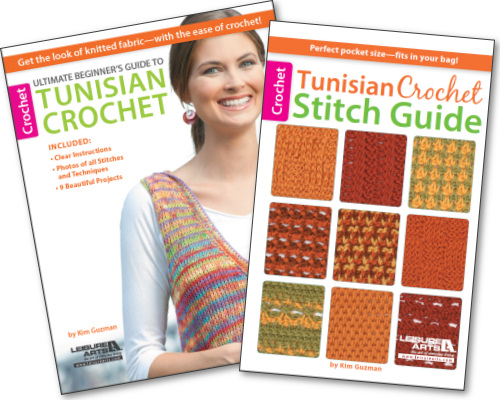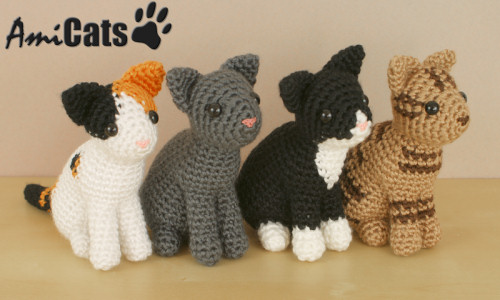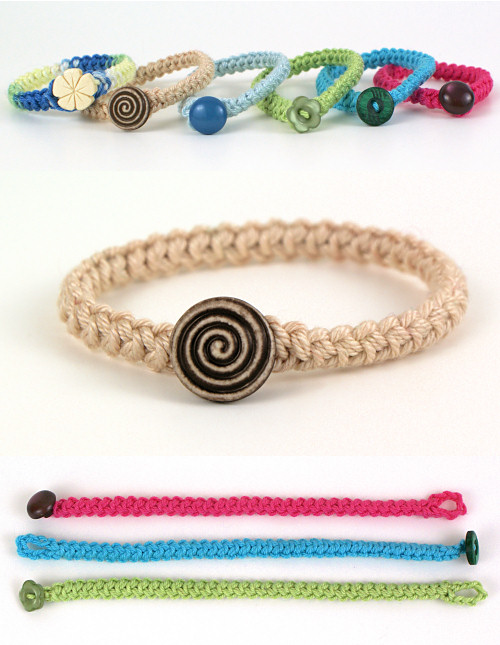
When I made my commissioned Sloth design, I had to decide between the two types of Sloth: Two-Toed and Three-Toed. I decided to go with the Three-Toed for my design, but I secretly wished I had time to make a Two-Toed as well… Although my crocheted sloths don’t have any toes, the markings and nose […]






















